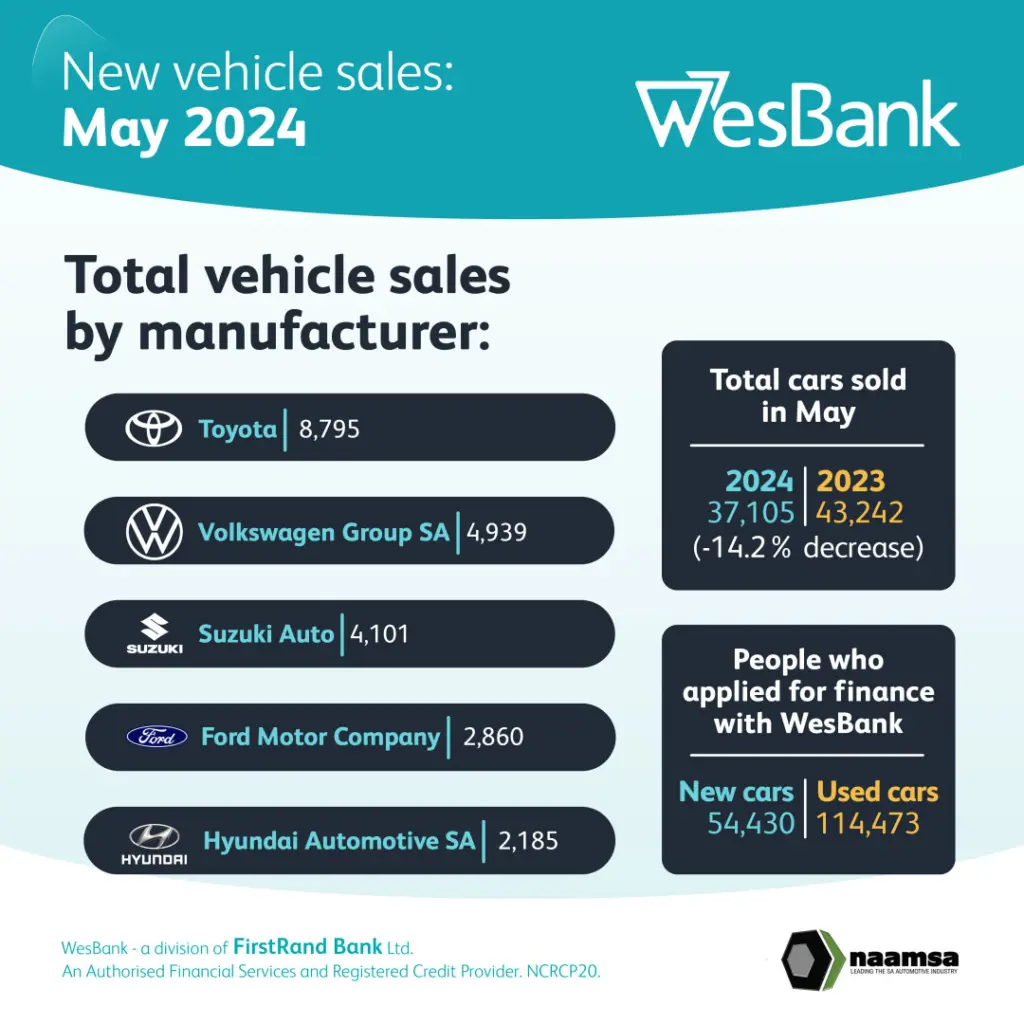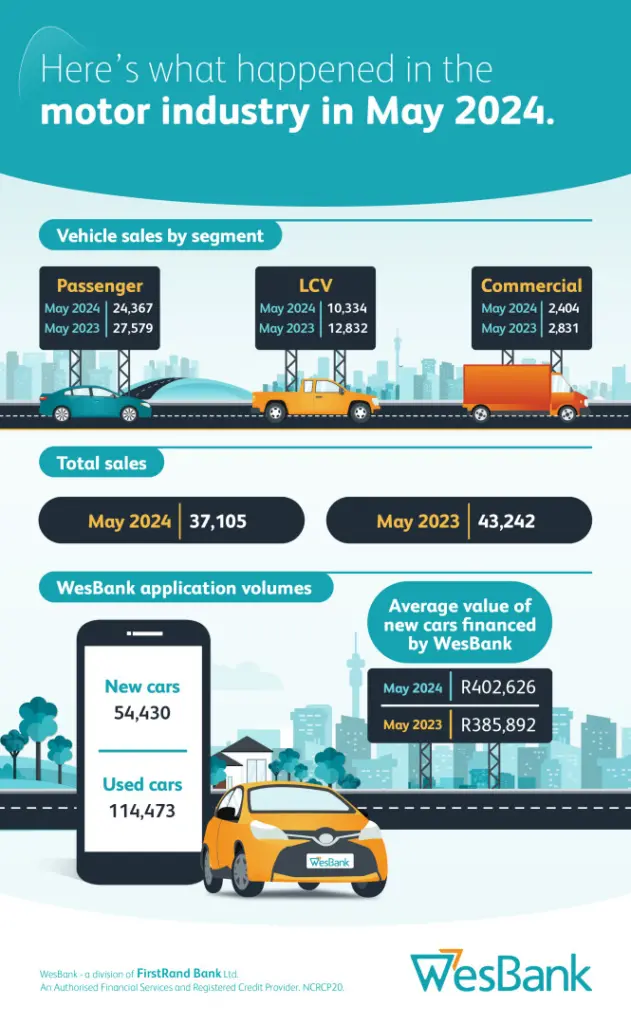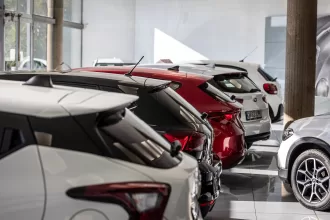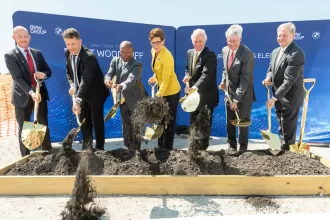South Africans voted with their feet during May, focusing on the election polls rather than vehicle showroom floors. New vehicle sales declined 14,2% year-on-year as consumers and business played their final waiting card in search of political stability.
“While the politics will play out during June, the new vehicle market will hopefully be able to display more positivity during the second half of the year,” says Lebo Gaoaketse, Head of Marketing and Communication at WesBank. “The May sales hiatus shouldn’t have been unexpected, albeit a continued display of depression for the new vehicle market.”

Figures released by naamsa | the Automotive Business Council showed the May new vehicle market declined by 6,137 units to 37,105. The depressed result follows the blip of positivity in April (up 2,2% year-on-year), which in turn had followed eight consecutive months of negative growth. May sales were 957 units or 2,5% down on April.
“There was a direct correlation between demand as measured by applications for finance and the sales volumes for May,” says Gaoaketse. “Applications for new vehicle finance declined by double digits, while used vehicles maintained stronger interest, showing the weak demand as consumers and businesses waited for elections.”
Contrary to recent trends, Light Commercial Vehicle (LCV) sales declined 19,5% to 10,334 units. The LCV segment has most recently out-performed passenger cars consistently but may be challenged by affordability and the proliferation of value-packed entry-level sedans, hatchbacks and crossovers currently available.

Passenger car volumes were down 11,6% to 24,367 units although the discrepancy and volatility of these segment fluctuations is more balanced in the year-to-date view. With the total market 6% slower for the first five months compared to last year, passenger cars and LCVs are down 6,4% and 6,1% respectively.
“Economic conditions remain tough for consumers within pressurised household budgets,” says Gaoaketse. “Interest rates have once again been maintained at previous levels. Although the rate remains high, some analyst outlooks indicate that inflation has peaked, which could indicate lower rates during the second half of the year.”
Other positive outlooks for the second half could be spearheaded by the expected significant reduction in fuel prices during June. With a known outlook for the country’s political landscape, more stability can be expected in general market activity, which should be mirrored by new vehicle sales. Improved sentiment will also be helped should loadshedding continue to remain at low levels, allowing an overall boost in economic activity.
“First half sales will certainly look shaky,” says Gaoaketse. “But we expect more positivity to enter the market during the second half, assisted by improving economic conditions that will hopefully stimulate vehicle sales by opening up spending power.”














